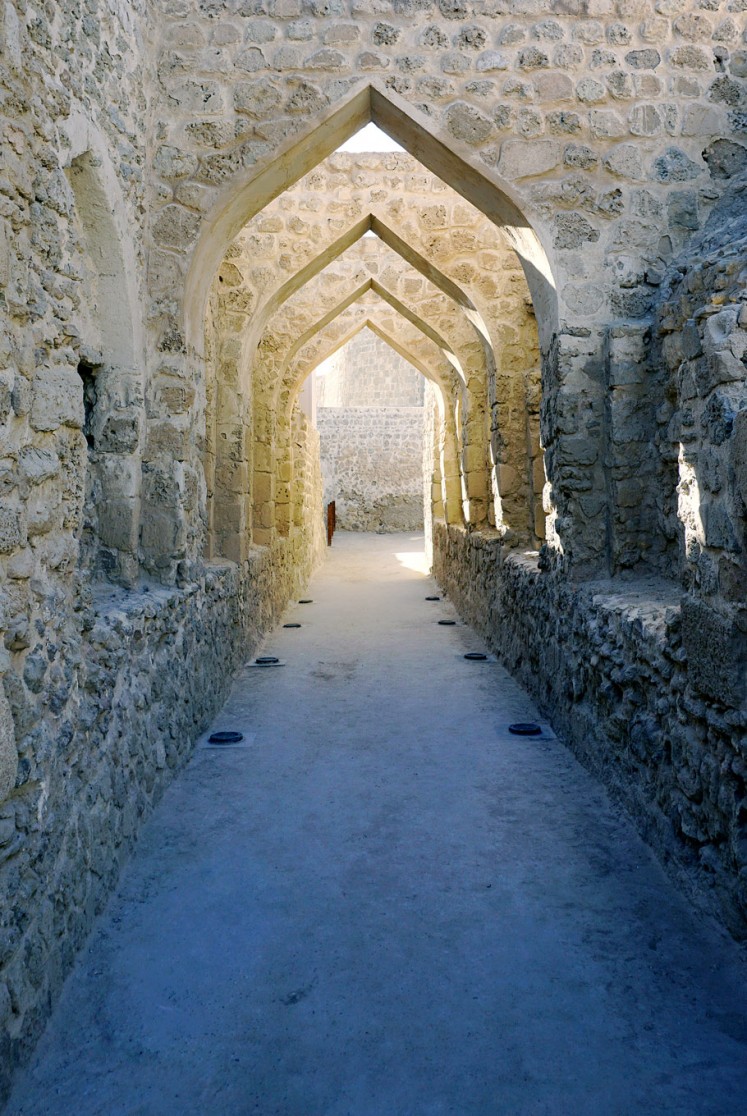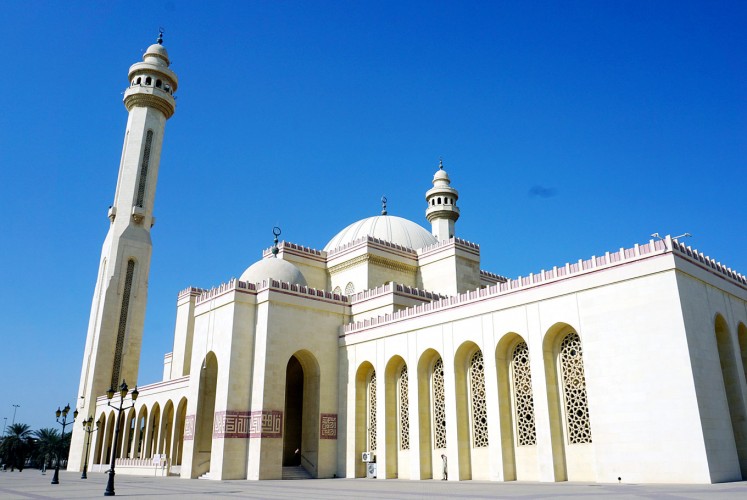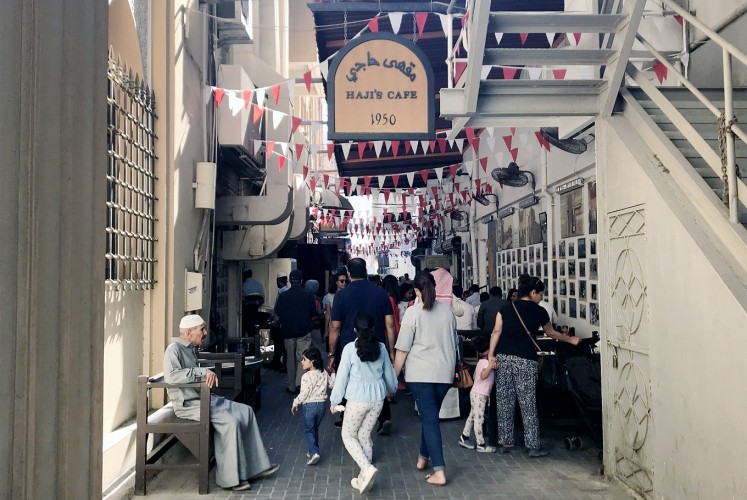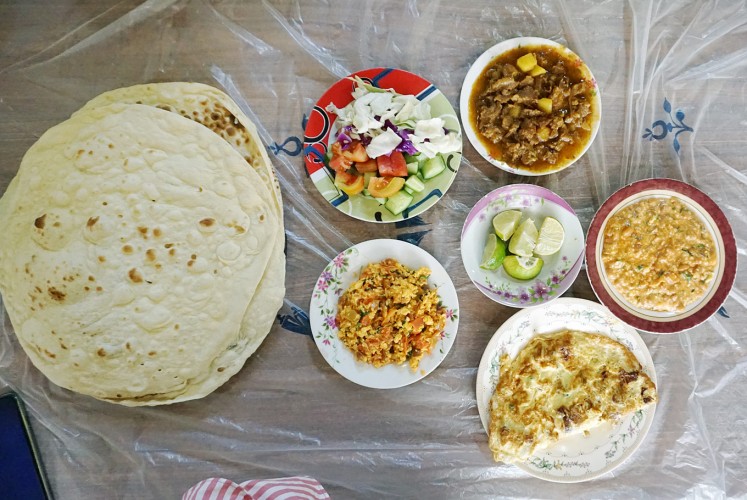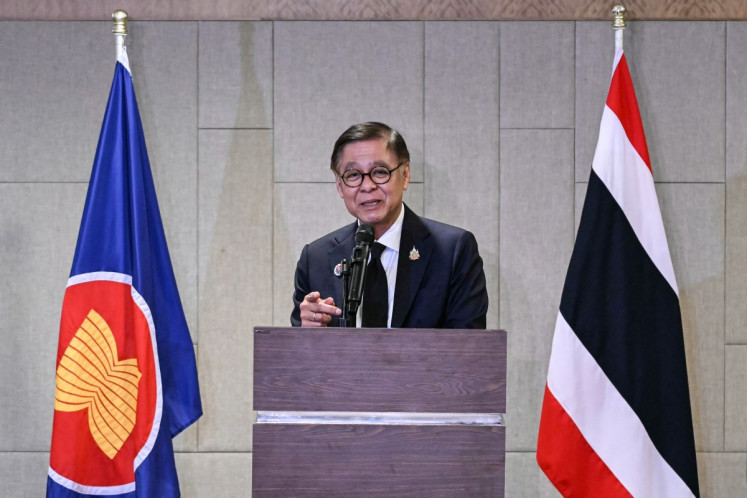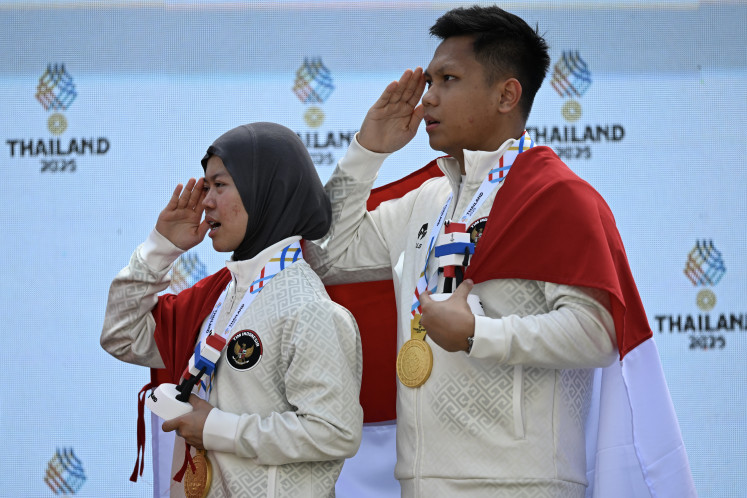Popular Reads
Top Results
Can't find what you're looking for?
View all search resultsPopular Reads
Top Results
Can't find what you're looking for?
View all search resultsBahrain: Small country with tremendous charm
Bahrain may be small in size, but it is utterly charming and rich in history and culture.
Change text size
Gift Premium Articles
to Anyone
B
ahrain is a small country of 30 islands located in the Arabian Gulf, adjacent to Saudi Arabia. It is just slightly larger than Singapore. Neighboring both Saudi Arabia and Qatar, Bahrain is often overlooked.
Bahrain is perhaps most known for Qal’at al-Bahrain, an archaeological site of an ancient harbor estimated to have been occupied by humans from as early as 2,300 B.C.
Located in Bahrain’s northern Seef district, the site has endured the development of civilization for around 4,500 years. About 25 percent of the 70.4-hectare site has been excavated, with various ancient public, military, residential, commercial, and religious structures having been unearthed.
During its peak, Qal’at al-Bahrain was the capital of the ancient Dilmun Empire, a once powerful civilization, which at its height controlled the Persian Gulf trading routes. The harbor and fort at Qal’at al-Bahrain is just a small example of the might of the Dilmun Empire. The archaeological finds offer a deeper insight into the powerful Dilmun Empire.
Although Qal’at al-Bahrain is now in ruins, it is breathtaking nonetheless. A visit to Qal’at al-Bahrain can be a humbling experience; structures built thousands of years ago and once controlled by a mighty empire still stand today. The fort’s location also gives a unique view of old and new Bahrain.
Bahrain is also home to one of the largest mosques in the world, the Al-Fateh Grand Mosque.
The mosque, which can accommodate over 7,000 worshippers, was opened in 1988 and built under the patronage of Sheikh Isa bin Salman Al Khalifa, the first emir of Bahrain. The mosque is named after Ahmed Al-Fateh, the founder of Bahrain.
The impressive mosque uses materials imported from countries such as Austria, India, Scotland, France and Italy, but carved by the local craftsmen.
The Grand Mosque’s design, both interior and exterior, is breathtaking. The mosque uses Italian marble for its flooring, an Austrian chandelier, teak wood from India for its doors, and carpet from Scotland. Throughout the mosque are writings in Kufic, one of the oldest Arabic calligraphic forms.
The mosque is also open to non-Muslim tourists. It provides free abaya and headscarves for non-Muslim visitors because according to Islam, one should dress modestly and be covered in a mosque.
Al-Fateh Grand Mosque. (JP/Dewanti A. Wardhani)Tourists have the option of joining a guided tour of the mosque, during which a guide will explain the various aspects of the religion. Non-Muslim tourists can also learn more about Islam during the tour, and questions and discussions are encouraged by the guides. Another great spot in Bahrain is the Manama Souq, a marketplace located in Bahrain’s capital of Manama. Although Bahrain does not lack comfortable air-conditioned multistory shopping malls, the Manama Souq is still a popular tourist destination, offering a different shopping experience to that of malls, with various goods from Arabic handicrafts, spices and textiles to jewelry and electronics.
The marketplace is located just behind the historical Bab al-Bahrain, a former government building designed by an English architect and completed in 1949. Initially, Bab al-Bahrain, which literally translates to “gateway to Bahrain”, was built overlooking the sea. Due to extensive land reclamation, however, Bab al-Bahrain no longer overlooks the sea.
Gather round: Visitors flock to the alleyway in Manama Souq in which Haji Café is located. (JP/Dewanti A. Wardhani)Nearby Manama Souq, in an unsuspecting alley, is a hidden gem: a modest restaurant called Haji’s Café where you can really experience Bahrain-style dining.
What makes this restaurant unique is that there is no menu; visitors are served food based on the time of day they visit. The restaurant, first opened in 1950, has a traditional clay architecture, creating an atmosphere that makes visitors feel as though they are dining in the past.
Diners can expect an authentic Bahraini breakfast during a morning visit. A Bahraini breakfast, which is among the restaurant’s specialties, usually consists of pita bread, Arabic-style tomato scrambled eggs, cheese omelet, beef curry and fresh salad.
Visitors can experience the Bahrain way of dining; instead of eating from individual plates, customers are expected to get hands on with their bread. The bread is either dipped into or filled with the various dishes.
Big portion: Breakfast in the Haji Café. (JP/Dewanti A. Wardhani)The Bahrain International Circuit offers a more modern view of Bahrain. The circuit was opened in 2004 and hosted the Bahrain Grand Prix Formula One Championship in the same year. It made history as the first F1 Grand Prix to be held in the Middle East. Indonesia’s own Rio Haryanto participated in the country’s 2016 championship.


